How much can your AI bench?
Strong AI, also known as artificial general intelligence (AGI), refers to AI systems that possess human-level cognitive abilities and can perform any intellectual task that a human can.
Unlike narrow or weak AI, which is designed for specific tasks, strong AI aims to emulate human intelligence across a broad range of domains.
This includes the capabilities of:
- Reasoning
- Learning
- Problem-solving
- Understanding natural language
- Adapting to new situations autonomous
The potential applications of strong AI are vast and transformative. In healthcare, strong AI could revolutionize medical diagnosis and treatment by analyzing vast amounts of patient data to identify patterns and predict diseases with unprecedented accuracy.
In education, personalized learning platforms powered by strong AI could adapt to individual students’ needs and learning styles, providing tailored instruction and support.
Strong AI also holds promise in fields like finance, where it could optimize investment strategies and detect fraudulent activities more effectively than humans.
What’s the difference between Strong AI and Weak AI
One key distinction between strong AI and weak AI lies in their capabilities. Weak AI systems, such as voice assistants or chatbots, are designed for specific tasks and operate within predefined parameters. They lack true understanding or consciousness and cannot generalize their knowledge beyond their programmed domain. In contrast, strong AI possesses human-like intelligence and adaptability, allowing it to learn from experience, reason abstractly, and solve complex problems autonomously.
Researchers are working on developing algorithms and architectures capable of generalizing knowledge across diverse domains, learning from limited data, and exhibiting creativity and common sense reasoning.
While significant progress has been made, the quest for strong AI continues to drive innovation and exploration, offering the potential to unlock new frontiers of human-machine collaboration and understanding.

